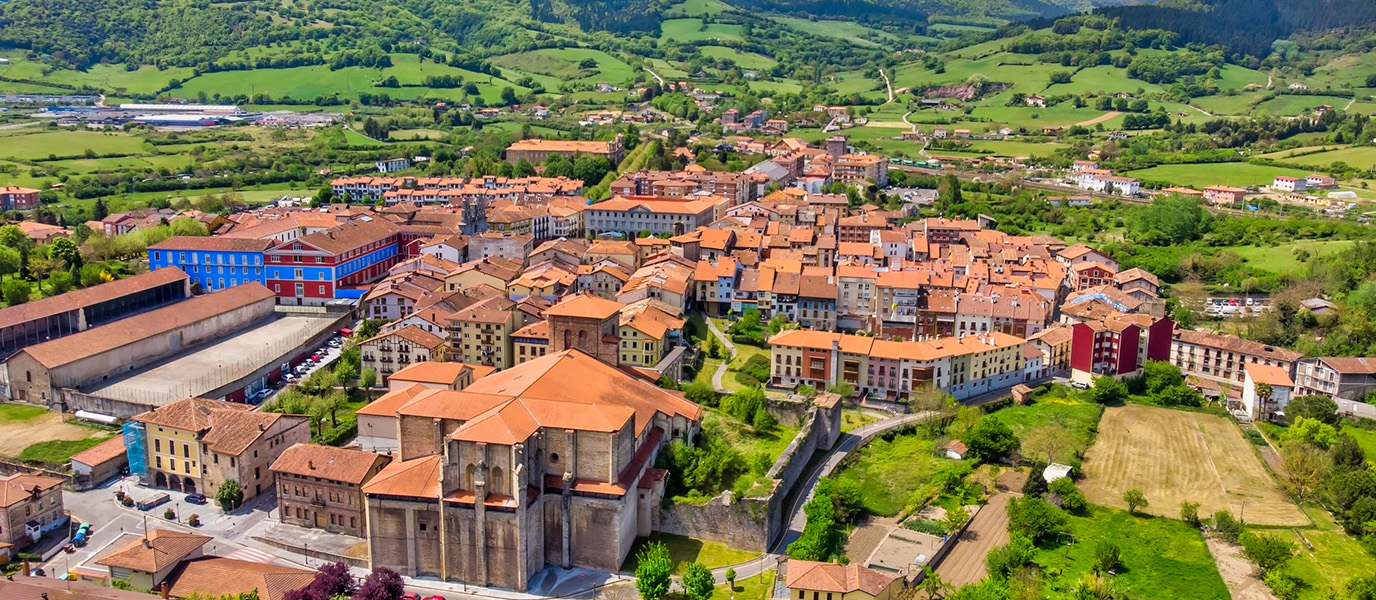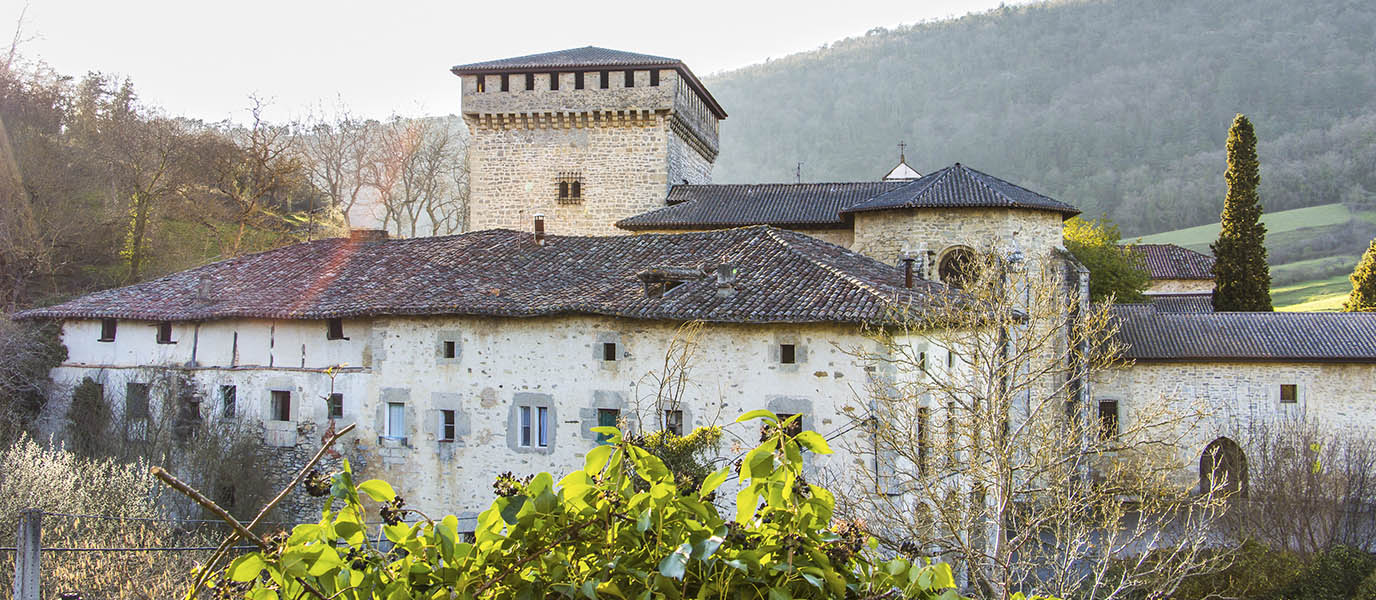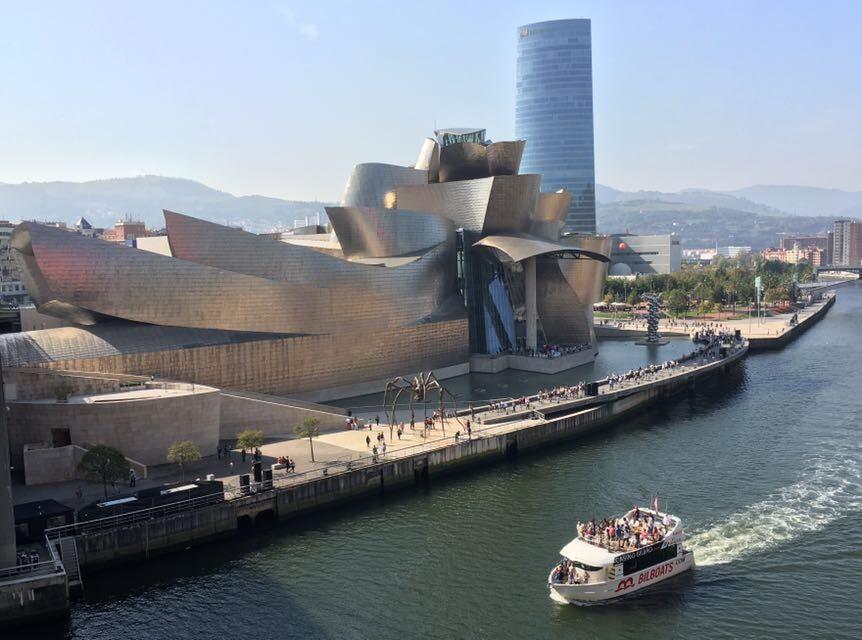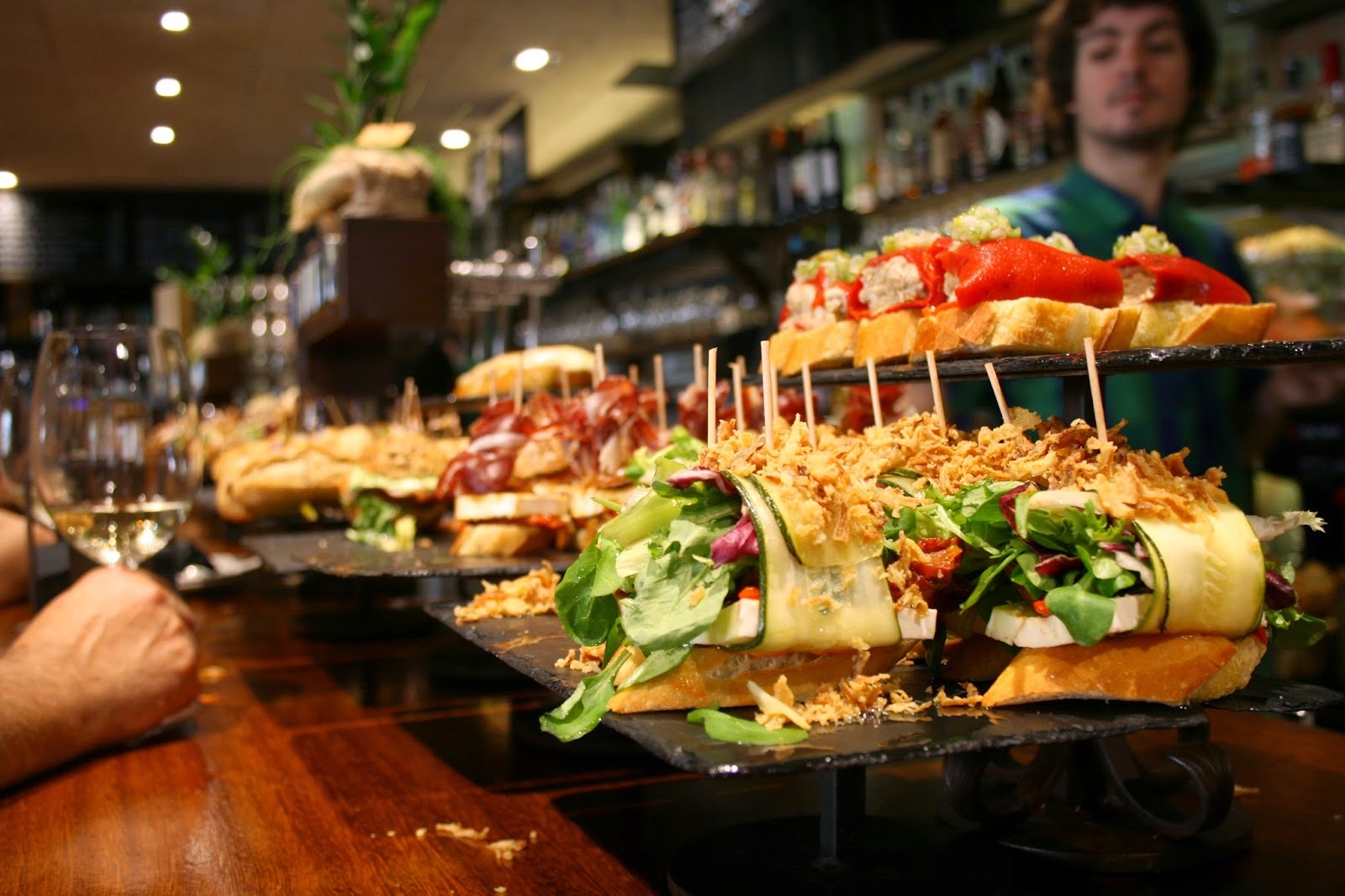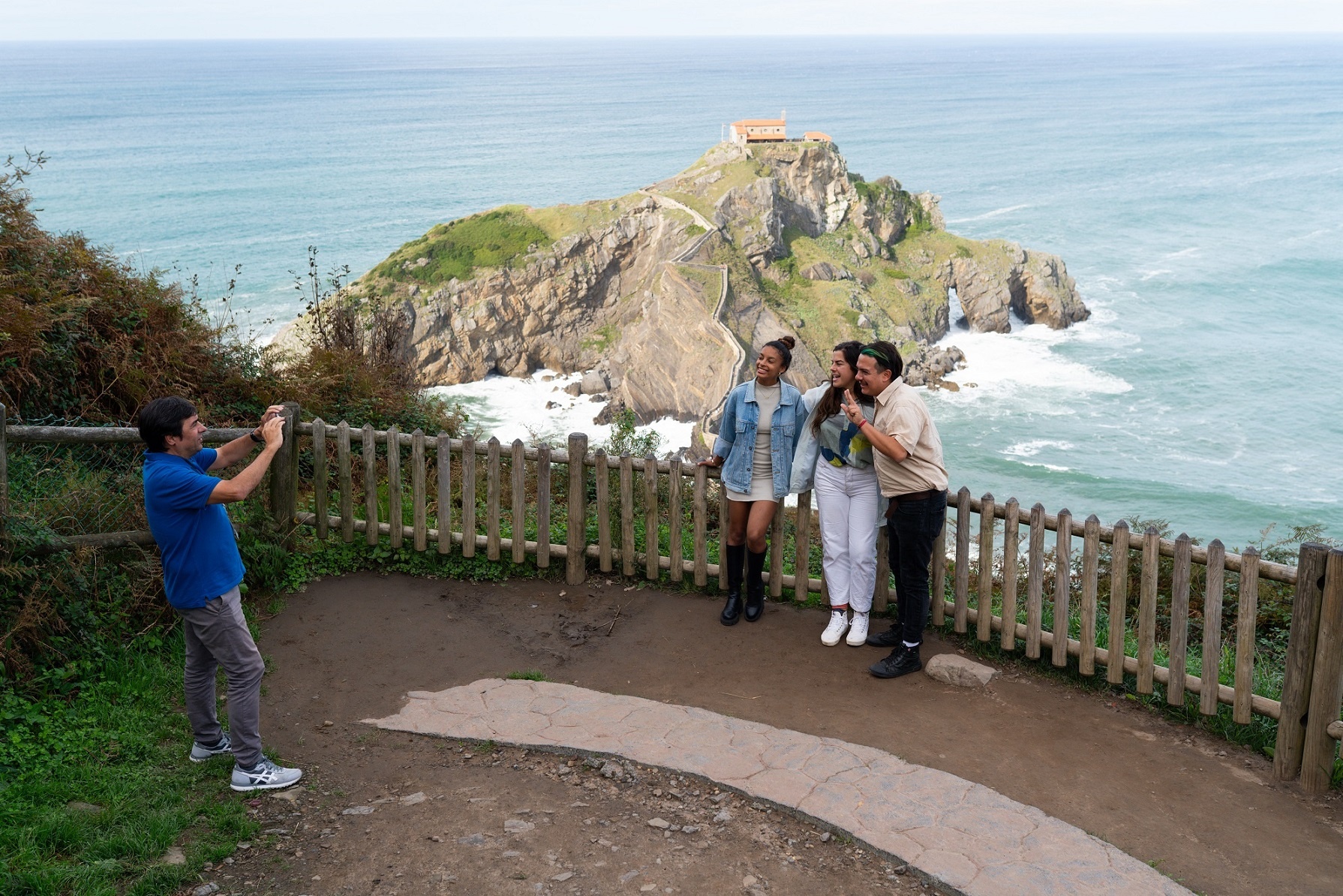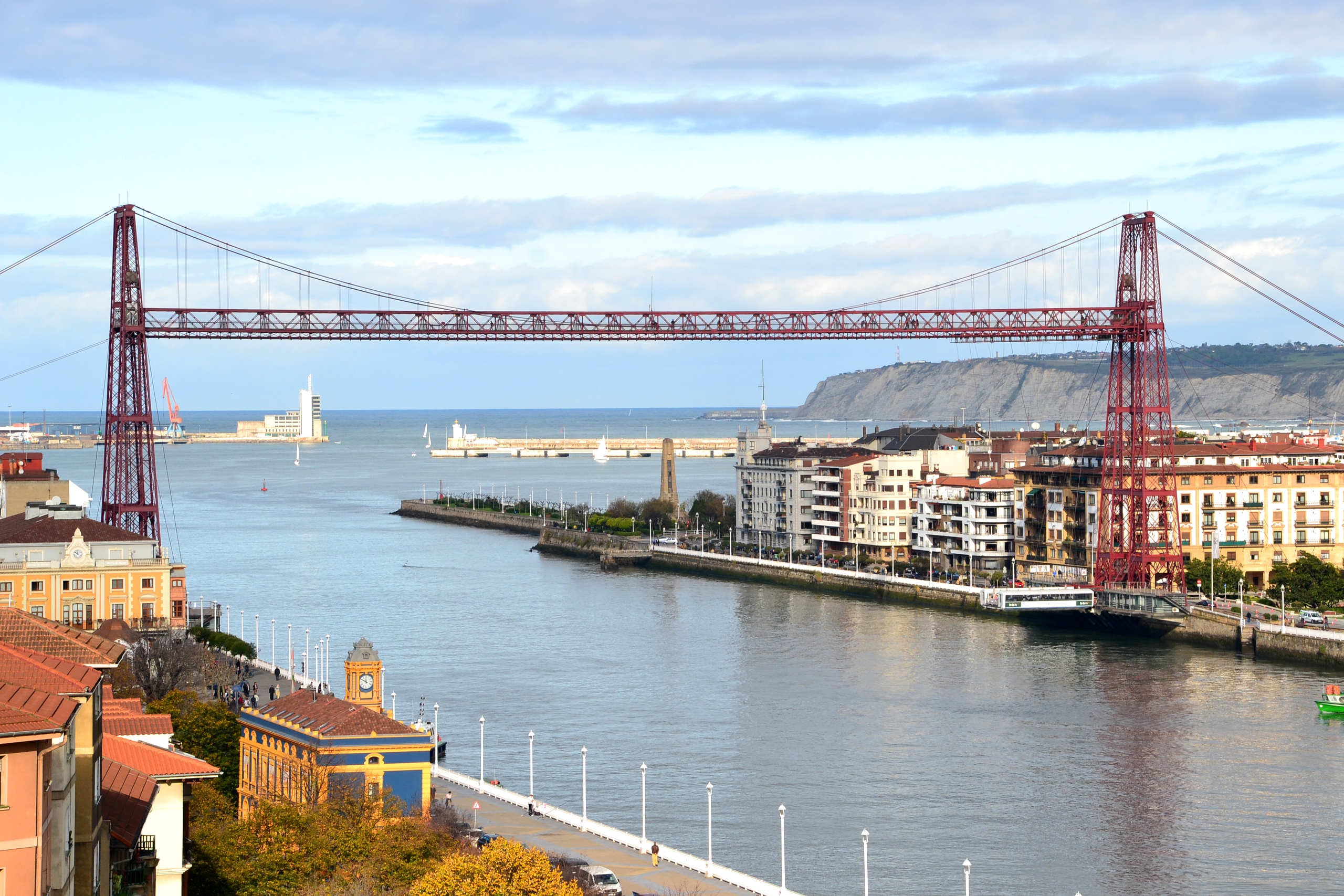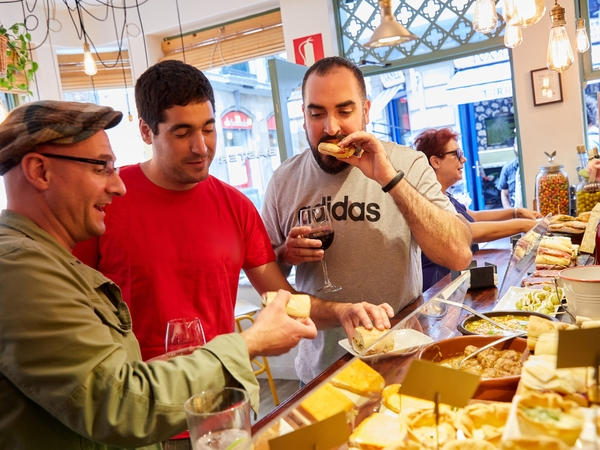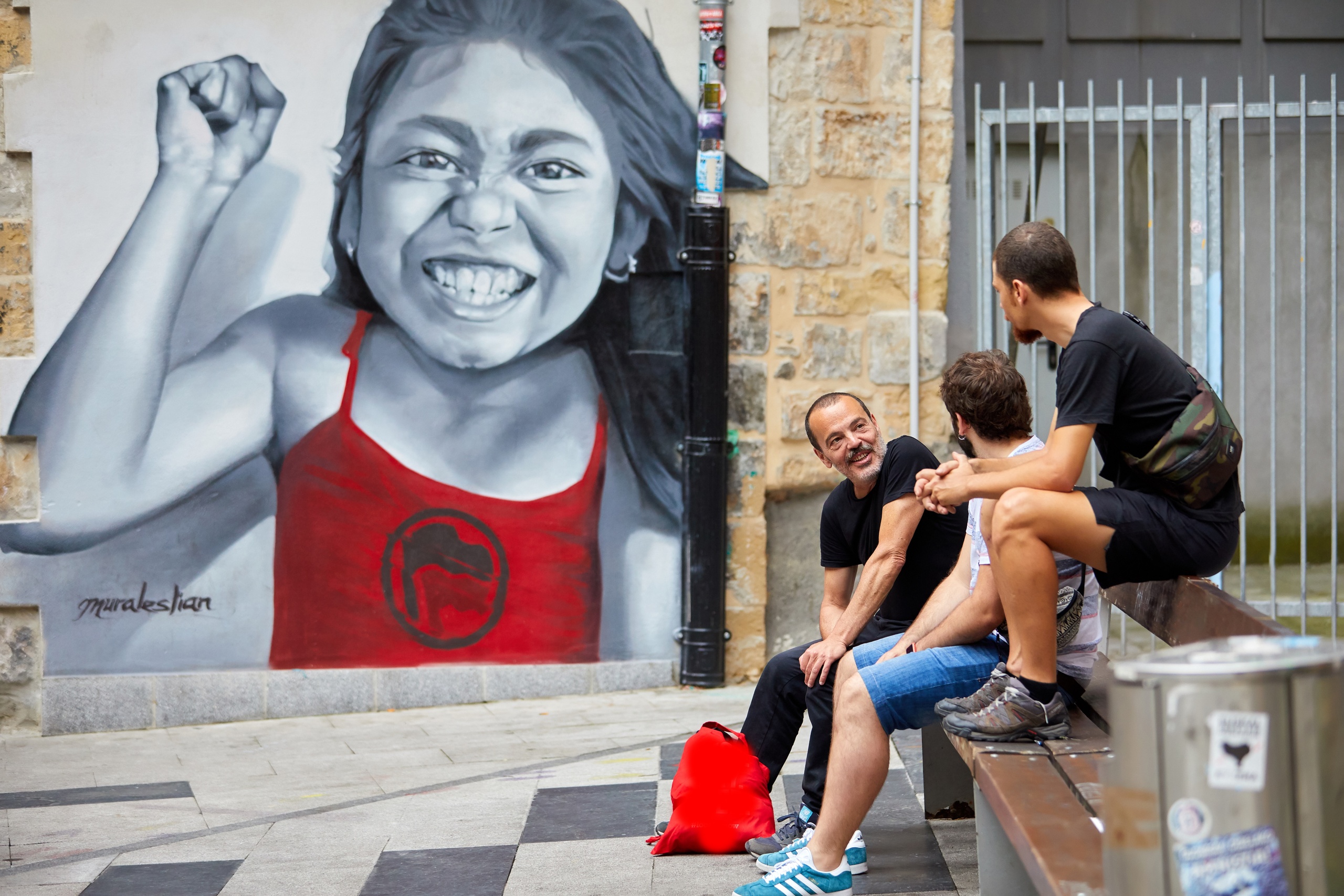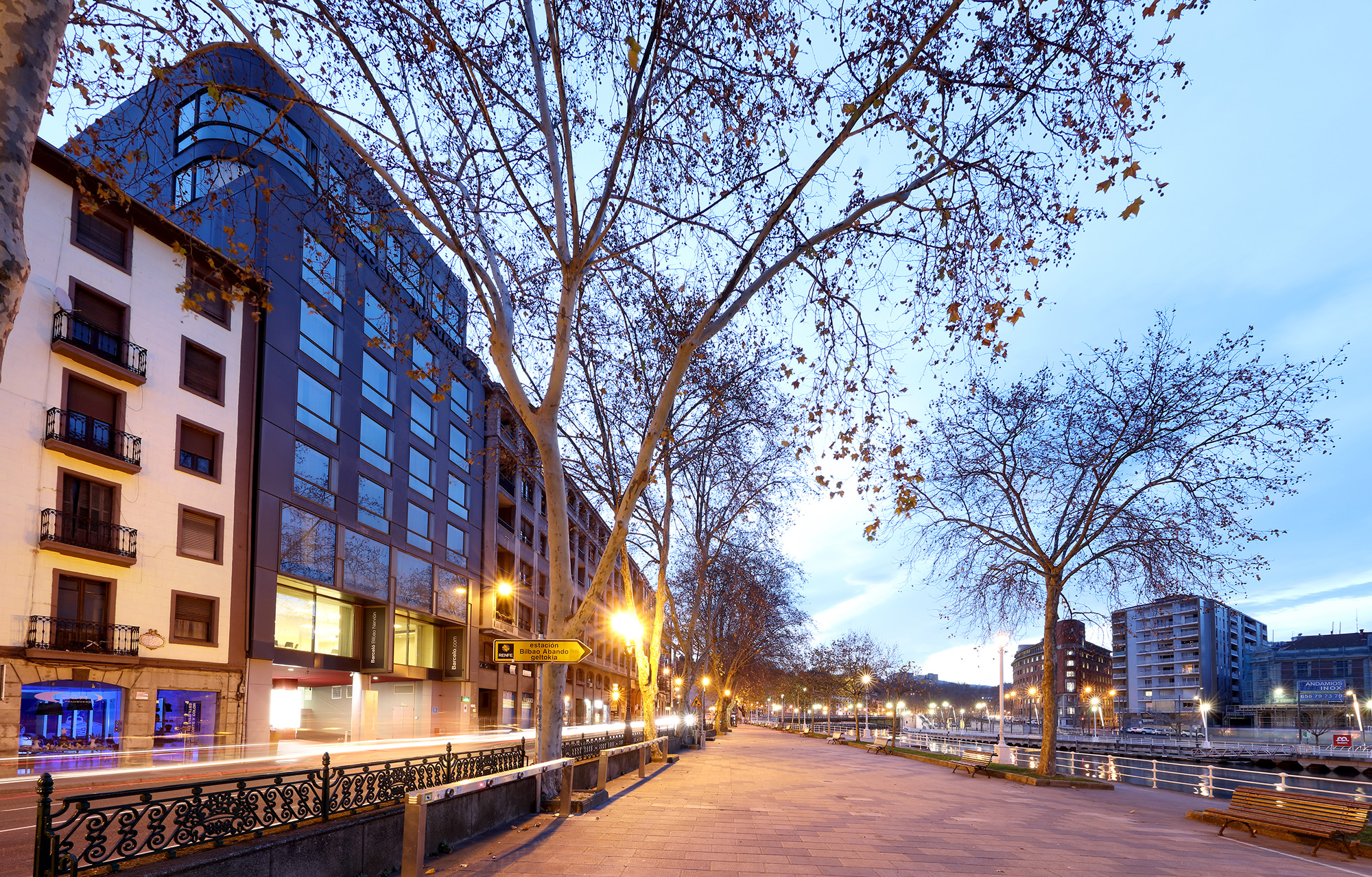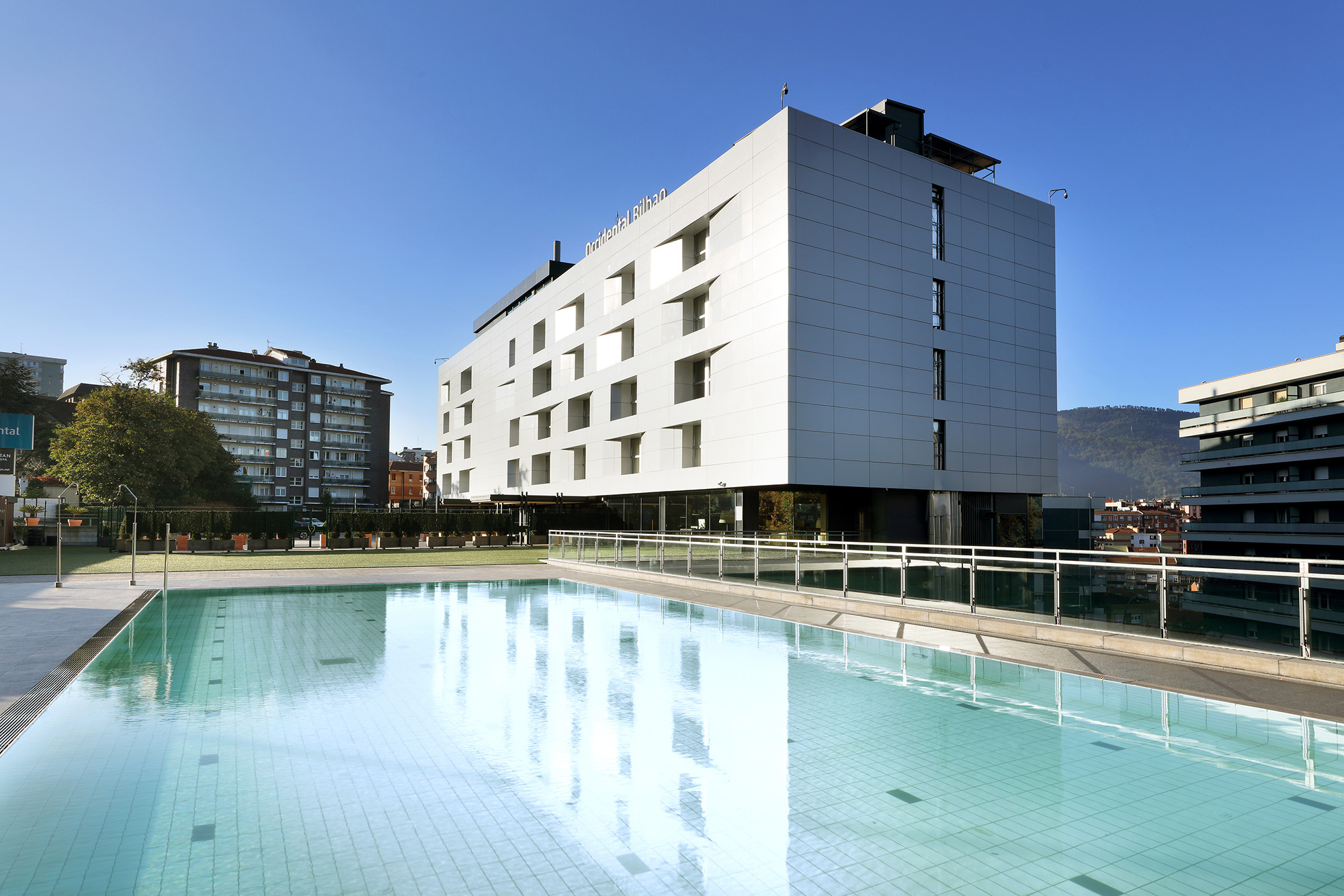A 40-minute drive from Bilbao, the first thing that strikes you about Orduña is its location: despite forming part of the province of Biscay, it is a geographical ‘island’ surrounded by land belonging to Álava and Castile. In fact, Orduña is the only place in this province that can claim the title of ‘city’. Founded in the thirteenth century, it was a vitally important trading and customs post on the route that connected Castile with northern Europe. Orduña has retained its medieval splendour with a highly valuable collection of historical monuments that have resisted the passage of time. To wander Orduña’s cobbled streets or the Plaza de los Fueros (the Basque Country’s largest medieval square) is like thumbing through a history book in which every corner has a story to tell. From the city’s historic quarter, packed with palaces and churches, to the green, mountainous landscape that surrounds it, Orduña offers a unique experience for any visitor seeking culture, gastronomy, and natural scenery.
-
- The history of the city: Orduña, a historic link between Castile and the Cantabrian Sea ports
- What you can see on a visit to Orduña: a step back into a glorious past that survives to this day
- The Historic Quarter: feel the spirit of the city’s medieval past in every nook and cranny
- The Santuario de la Antigua: climbing to the spiritual refuge of the “Amatxu”, the city’s patron saint
- The Church of Santa María: Gothic art to restore your faith
- Palaces: the hidden gems of Orduña’s aristocracy
- Where to eat in Orduña: flavours reminiscent of a Basque farmstead
- What you can see in the surrounding area: in search of the Iberian Peninsula’s highest waterfall
The history of the city: Orduña, a historic link between Castile and the Cantabrian Sea ports
Orduña, known in the Basque language as Urduña, has witnessed the passage of traders, pilgrims and warriors since it was founded in 1229. King Alfonso X el Sabio [‘the Wise’] granted Orduña the title of ‘city’ in 1264, recognising its importance as a trading hub thanks to its location on the route that linked Spain’s Central Meseta with the port of Bilbao. This privilege allowed Orduña to develop fairs and markets that attracted merchants from different parts of the peninsula, enriching its economy along with its culture. In addition, its strategic position made Orduña a vital defensive point during the nineteenth-century Carlist Wars, something that is reflected in the architecture of its most emblematic buildings and its urban layout.
Orduña’s walled enclave, 65% of which remains intact, is a living testament to its defensive and trading past. Within its walls, magnificent edifices such as the Santuario de la Antigua are still standing. The Santuario is a Gothic masterpiece dating from the fifteenth century which, for many years, has been the object of pilgrimage and religious devotion. Next to it, the Palace of Oñacinos and the Church of Santa María are examples of the city’s Renaissance and Baroque splendour. The Plaza de los Fueros, the heart of the old quarter, is further evidence of the trading power once enjoyed by Orduña — even today, you can imagine the exchanges and transactions that characterised its heyday.
Orduña also played an outstanding role in the history of transport and communication between the Meseta and the north of the peninsula. During the eighteenth and nineteenth centuries, this was one of the key places controlling the trade in wheat between Castile and Bilbao, something that led to the construction of the Almacenes Reales de Orduña [Royal Stores], an imposing work of engineering that reflects the wealth and glory of the period. The arrival of the railway line in the late nineteenth century further added to Orduña’s status as a key communications and trading hub. Nowadays, Orduña Station with its neo-Classical style that contrasts with the buildings of today, is a reminder of that prosperous past.
What you can see on a visit to Orduña: a step back into a glorious past that survives to this day
The Historic Quarter: feel the spirit of the city’s medieval past in every nook and cranny
Orduña’s Historic Quarter is one of its greatest attractions. It has been declared a Monumental Complex, and it offers a journey through the architecture and history of the city. On a stroll around its cobbled streets, visitors will come across old mansions, majestic squares, and picturesque corners. The Plaza de los Fueros, with its arcades and stone edifices, is the heart of Orduña’s social and cultural life. For centuries, it was the place where trading took place, and a levy was applied to goods that were brought from the Meseta to the coast — goods that included wool, iron, grain, rugs, triptychs, and altarpieces. This is the perfect spot to stop and watch people coming and going while you admire the architecture — a mixture of Gothic, Renaissance and Baroque styles.
The most outstanding of the Historic Quarter’s emblematic buildings is perhaps the Casa Consistorial [Customs House], an eighteenth-century structure with a characteristic clock tower. Also noteworthy is the Antiguo Hospital del Espíritu Santo, now a cultural centre that holds exhibitions and events throughout the year. To wander around the streets of the Historic Quarter is to step back into the history of Orduña and to discover the details that make this city so special.
The Santuario de la Antigua: climbing to the spiritual refuge of the “Amatxu”, the city’s patron saint
Perched on a hill overlooking the city, the Santuario de Nuestra Señora de la Antigua is one of the most revered places in Orduña. This imposing edifice was built in the Gothic style between the fourteenth and fifteenth centuries, and is dedicated to the “Amatxu”, the city’s patron saint, who has protected the inhabitants of Orduña since the Middle Ages. It is a place of pilgrimage for local people, who celebrate the “otxomaios”, a festival in honour of the saint, every year. Its simple, elegant façade and its impressive belltower stand out against the surrounding plant life.
The Sanctuary’s interior is equally impressive. Visitors can admire both its main altarpiece, a masterpiece of Renaissance art, and the image of the Virgen de la Antigua which, according to tradition, protected the city against enemy attacks. In addition, the Sanctuary affords spectacular panoramic views of Orduña and the surrounding valleys, making this the perfect place for meditation and contemplation. Visitors often spend a little time enjoying the serenity and beauty of the setting.
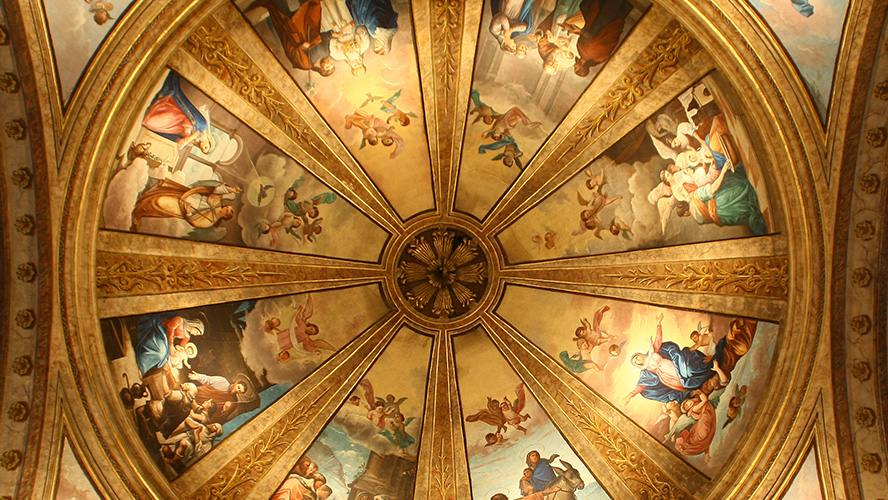
The Church of Santa María: Gothic art to restore your faith
The Church of Santa María, located in the heart of Orduña, is another of the city’s architectural treasures. This church, built between the fifteenth and sixteenth centuries, is a magnificent example of the Basque Gothic style. Its façade, with its impressive rose window and its carved stone entrance, amply demonstrates the skills of medieval craftsmen. The interior of the church is also impressive with its broad central nave, its ribbed vaults, and its richly decorated high altar.
The church is also famous for its Baroque organ, which is still used for concerts and religious celebrations. Other features of the interior, including the side chapels and wooden sculptures, tell stories of faith and devotion that have stood the test of time. A visit to the Church of Santa María is an opportunity to immerse yourself in Orduña’s spirituality and history.
Palaces: the hidden gems of Orduña’s aristocracy
Orduña is home to several noble mansions that tell the story of the noble class that once lived here. One of the highlights is the Palacio de Ortés de Velasco, an elegant, sixteenth-century edifice, built in the Renaissance style, with a clear military character. This building, with its imposing ashlar stone façade and its coat of arms, reflects the power and influence of its former owners.
Another notable building is the Palacio Díaz Pimienta, a late-Baroque jewel built on the orders of Juan Antonio Díaz Pimienta, a sailor who made his fortune in America. The palace’s most striking features are the stone portico with its decorated columns and balconies, and the heraldic shields that still adorn its façade. To take a stroll through Orduña is to discover these hidden noble mansions that form part of the city’s cultural heritage.
Where to eat in Orduña: flavours reminiscent of a Basque farmstead
Orduña’s gastronomy is as rich and varied as its history. The city offers an enormous range of options for enjoying traditional Basque cuisine in an authentic, welcoming atmosphere. One of the most highly recommended places is the Hiria Restaurant, where you can enjoy a cod tasting menu.
Another excellent option is Restaurante Beltza Gorri, famous for its tasting menu that combines traditional flavours with modern touches. Here, visitors can enjoy dishes such as potato omelette, Biscay-style cod and roast lamb, accompanied by local wines. The pintxos and set menus are the perfect choice for any visitor looking for a more casual gastronomic experience.
What you can see in the surrounding area: in search of the Iberian Peninsula’s highest waterfall
The outskirts of Orduña offer endless possibilities for those who love nature and adventure. A few kilometres from the city is the Gorbeia Natural Park, one of the Basque Country’s largest protected areas. This park is renowned for hiking and cycling trails, with routes that take visitors through lush forests, over mountains and past magnificent waterfalls, such as the Cascada de Gujuli, which is over 100 metres high.
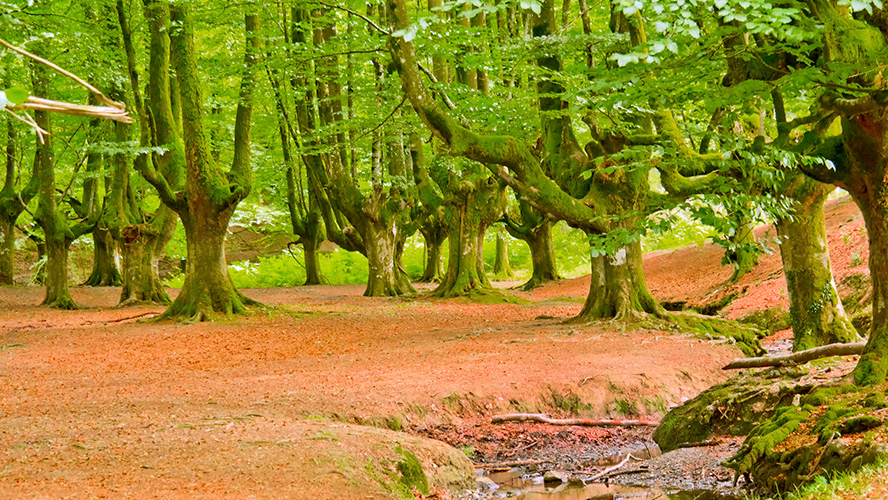
Another nearby place well worth a visit is the Monte Santiago Natural Monument, known for its spectacular Salto del Nervión, the Iberian Pensinsula’s highest waterfall. This awe-inspiring natural landscape offers glorious views, and is the perfect destination for a one-day excursion. The well-signposted paths and strategically located viewing points make this an experience accessible to all.































































